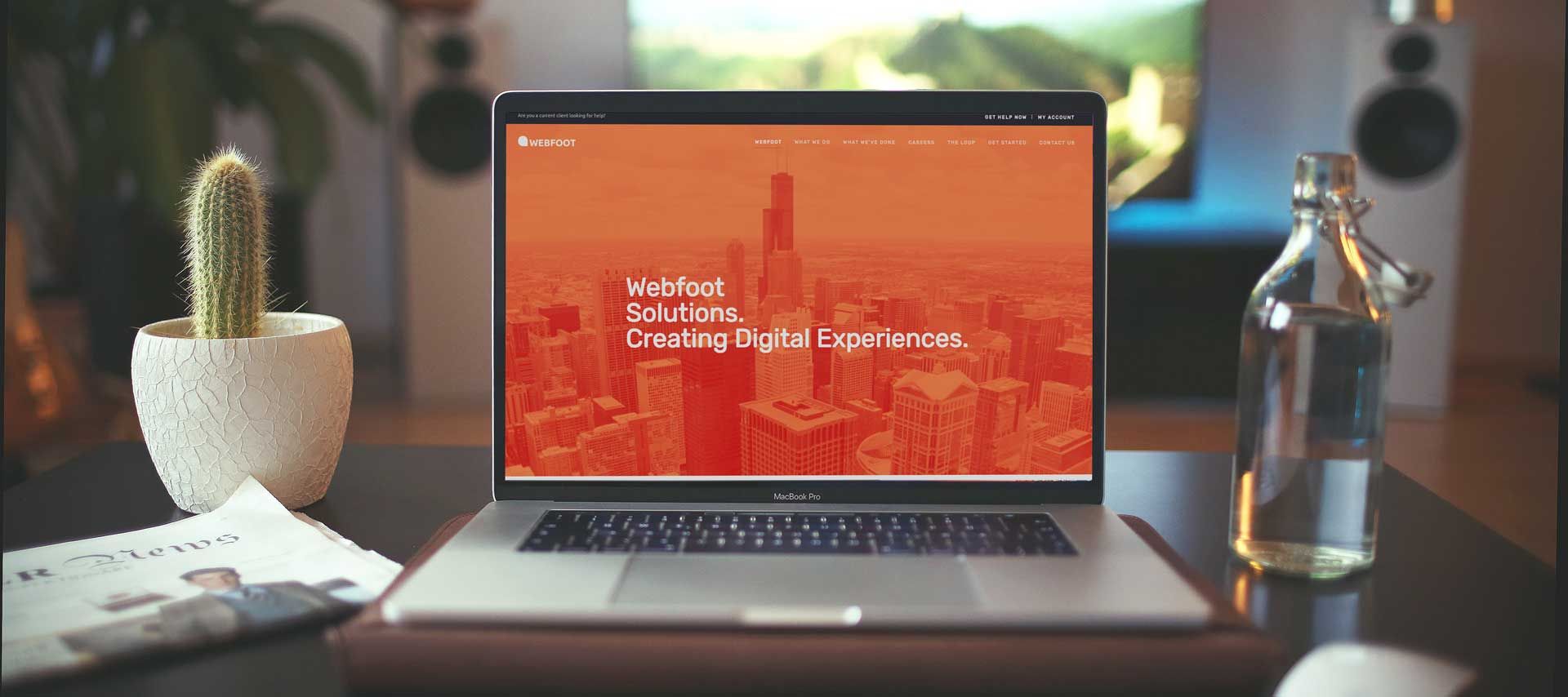The Big and the Bold with Typography
There is a belief held by many that typography has to be both big and bold for it to have an impact with the design of a website. However, that is not entirely true as there are so many variations when it comes to fonts and their sizes that it can easily become rather a complex issue to ascertain as to which font to use.
Of course, there is also the train of thought that it is going to be dependent on the placement and what you hope to achieve with your typography, so merely putting any old thing on your website could certainly prove to be counter-productive.
This then brings us to the question as to how on earth you deal with this rather pressing issue because you will clearly want to get things correct at the first time of asking. Remember, approximately 95% of all of the information that appears on the Internet is in the written word, so just throwing anything onto your website with your fonts is not advised.
Avoiding Mixing them Up.
Even though it may be tempting, you are strongly advised against mixing up the fonts and having numerous different styles all over your website. This not only makes everything look messy, but it will also prove to be rather confusing for the visitor, and that will hardly be conducive to them enjoying their visit.
You should really look at using no more than three different fonts on a website, but also keep in mind that you can use different sizes of fonts as well, so you do have slightly more scope than you would have perhaps previously imagined.
Consider Font Combinations.
If you are looking at using more than one font, then there is a very real requirement for you to consider font combinations. This will involve you using two fonts with the same characteristics to provide at least a certain sense of unity across your page.
Deciding to make use of fonts where one is naturally in bold and in your face while the other is more slender will only confuse your visitors as well as looking extremely messy.
Stick to Standard Fonts.
Even though it is clearly very tempting to go ahead and make use of a number of the cool fonts that are out there, it has been shown that standard fonts will often prove to be the winner. In fact, visitors react better to the standard fonts as opposed to anything else, so if you think that you are using an elaborate font to make things stand out, then you are wasting your time.
Instead, stick to what everybody already enjoys viewing as there is nothing at all wrong with that approach. However, say that there is a very apparent need for a custom font, then it is still advisable to not overdo it whenever you can. Just constantly remind yourself that people already know what they like, so doing something just to be different is not the best option.
Remember Line Length.
Finally, there is one last point that needs to be covered as it is often overlooked by designers and that is connected to the concept of line length. You simply do not want your text to go on for an eternity as it will not only look messy, but will also become difficult to read.
Keep line lengths as short as possible especially when you are dealing with main headings. The theory that a heading needs to be as descriptive as possible to garner attention is not as accurate as you may initially think. Instead, it is the typography that will often draw people into parts of your website rather than the text itself.
As you can perhaps see, there is more to the typography than just choosing some font and throwing onto your website in the hope that it looks good. Instead, careful selection of the font, how it is used, and also the size will play a major role in the overall appearance of your website. Uniformity will often be key in ultimately producing something that is pleasing to the eye, and considering you want to do everything and anything possible to not only attract visitors but also keep them there, then the last thing you want is for your use of typography to be your downfall.

 Let’s face it, no matter how good the information or products on your website may be, people will be immediately turned away if your website is not pleasant on the eye. One major area where there is often cause for concern is with the color scheme as it’s fair to say that some schemes are rather sore on the eyes.
Let’s face it, no matter how good the information or products on your website may be, people will be immediately turned away if your website is not pleasant on the eye. One major area where there is often cause for concern is with the color scheme as it’s fair to say that some schemes are rather sore on the eyes.
 Within web design, there is an understanding that you need to be aware of the potential weight of a web page before a site can go live. The heavier the page, the longer it takes to load leading to users becoming frustrated and having a negative experience that could ultimately stop them from coming back.
Within web design, there is an understanding that you need to be aware of the potential weight of a web page before a site can go live. The heavier the page, the longer it takes to load leading to users becoming frustrated and having a negative experience that could ultimately stop them from coming back.